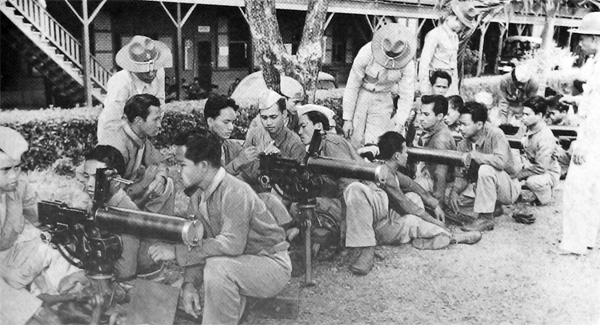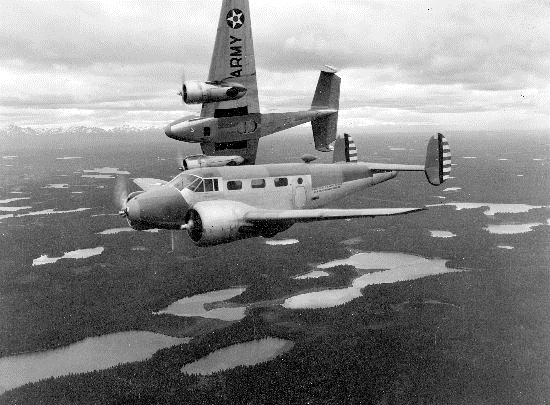authors note: The Philippine Scouts did expand to this force historically so this is not a significant departure. The major departure is the smaller force of Philippine Army troops but one that can be more thoroughly trained and more easily equipped.
Basically the Constabulary expands to a bit over twice its original size in peacetime but in wartime the force is about a half the size of the OTL Philippine Army of 1941. A more gradual expansion means that it will be only 45% of planned strength when war does come, but it will be a force where everyone has a personal weapon and has sufficient training to be effective light infantry which does not have to learn on the job like the historical Filipino's had to and also far less likely to collapse when it first meets the enemy. Plus the construction troops will be very useful indeed.
MacArthur did cite the Philippine Insurrection as an example of how effective the Filipinos could be as soldiers. He did not think that all the way through and prepare a partisan war strategy in advance, but it did turn out he was right about the effectiveness of Filipino partisans.
Unsuitable for constabulary work are those conscripts who have language barriers or are politically questionable but that is less important to the Americans than it will be eventually to the Filipino government dominated by Tagalog speakers.
As mentioned earlier, both Eisenhower and Ord were far more air minded than MacArthur
Basically the Constabulary expands to a bit over twice its original size in peacetime but in wartime the force is about a half the size of the OTL Philippine Army of 1941. A more gradual expansion means that it will be only 45% of planned strength when war does come, but it will be a force where everyone has a personal weapon and has sufficient training to be effective light infantry which does not have to learn on the job like the historical Filipino's had to and also far less likely to collapse when it first meets the enemy. Plus the construction troops will be very useful indeed.
MacArthur did cite the Philippine Insurrection as an example of how effective the Filipinos could be as soldiers. He did not think that all the way through and prepare a partisan war strategy in advance, but it did turn out he was right about the effectiveness of Filipino partisans.
Unsuitable for constabulary work are those conscripts who have language barriers or are politically questionable but that is less important to the Americans than it will be eventually to the Filipino government dominated by Tagalog speakers.
As mentioned earlier, both Eisenhower and Ord were far more air minded than MacArthur



